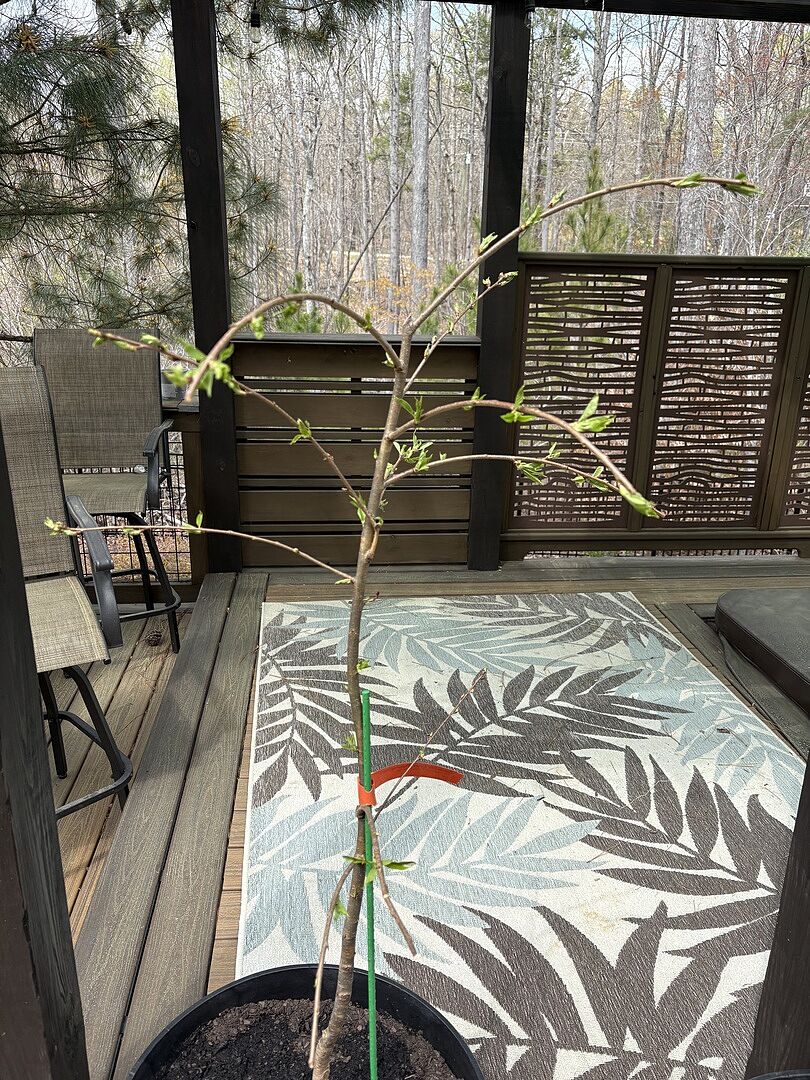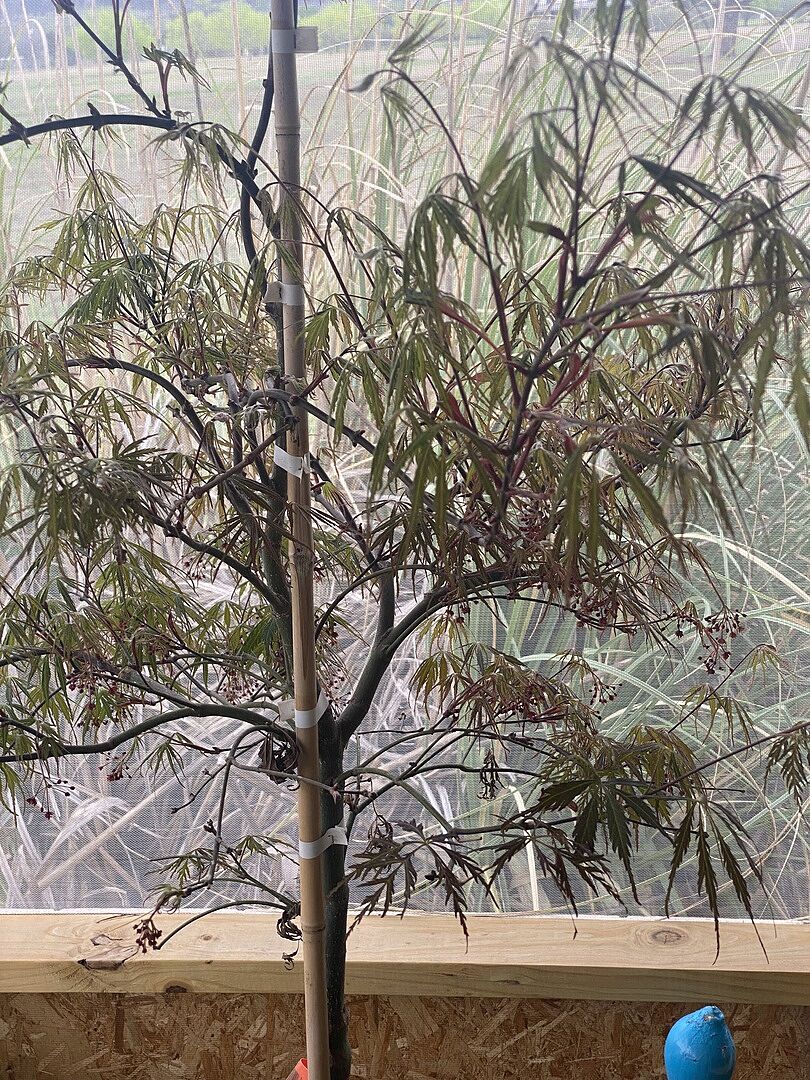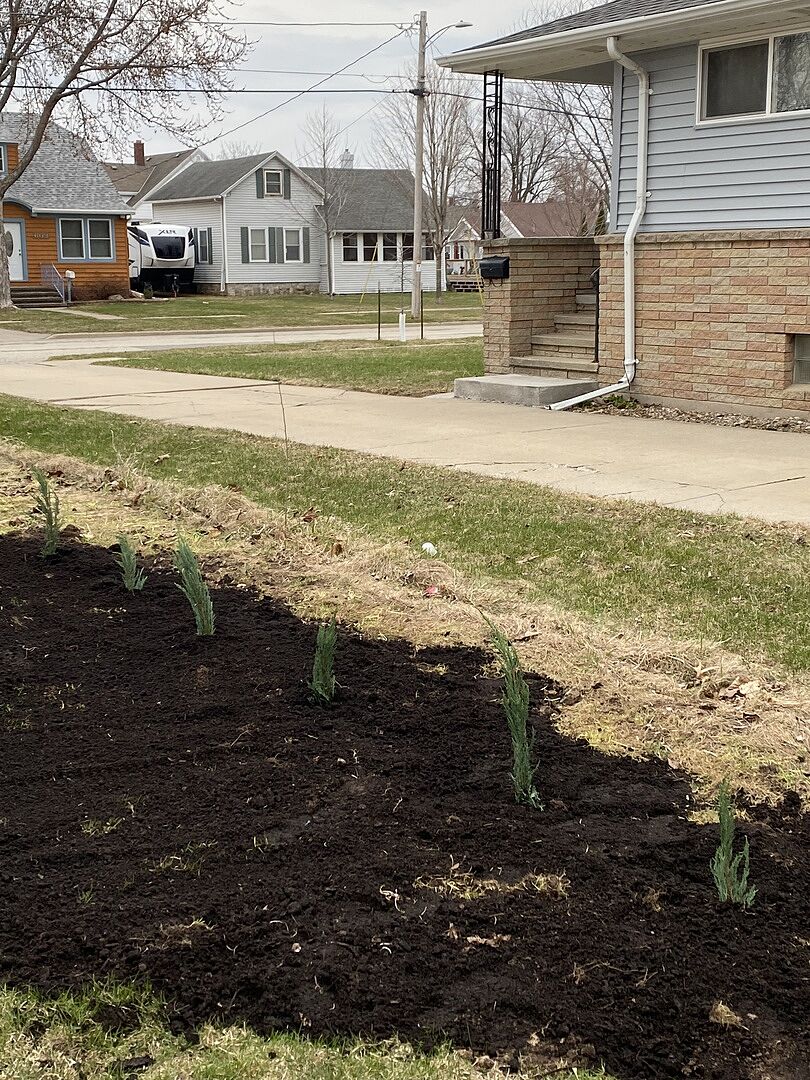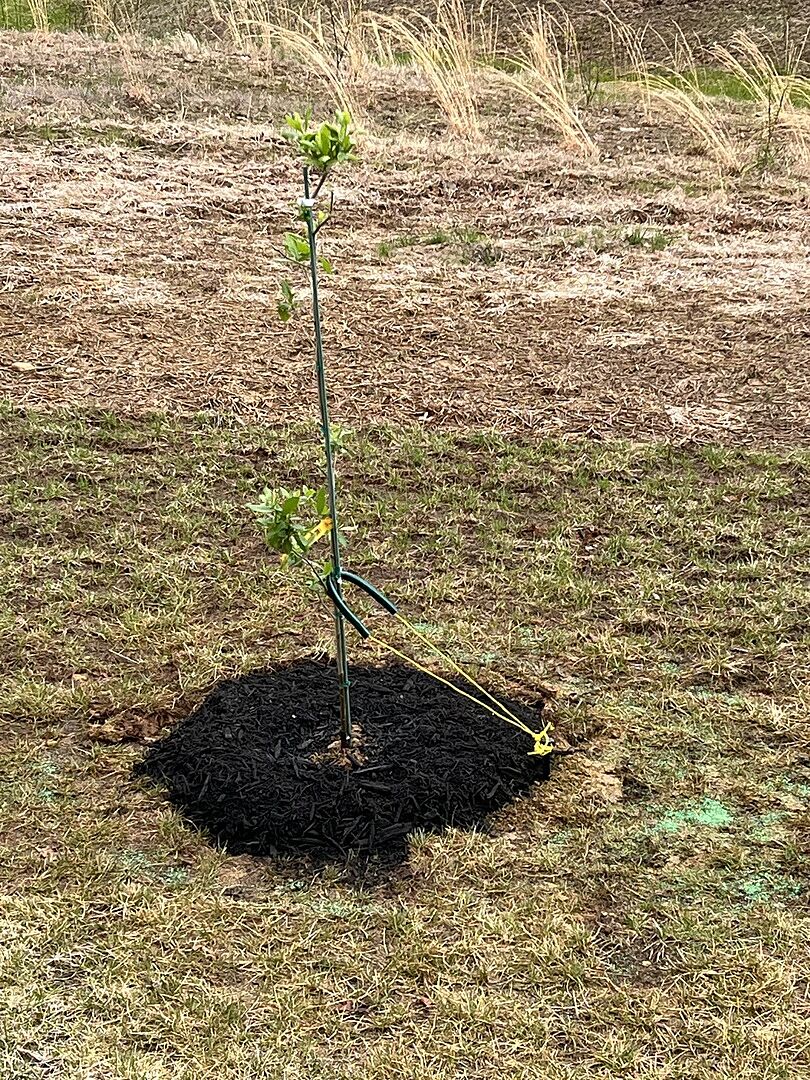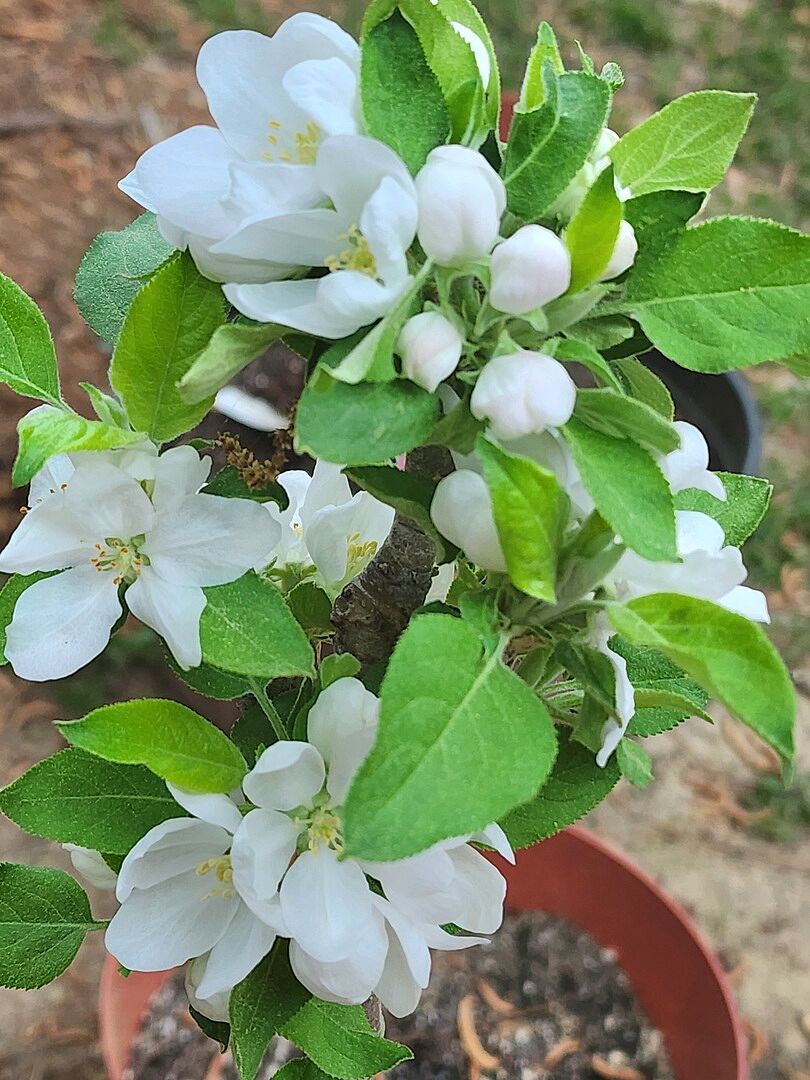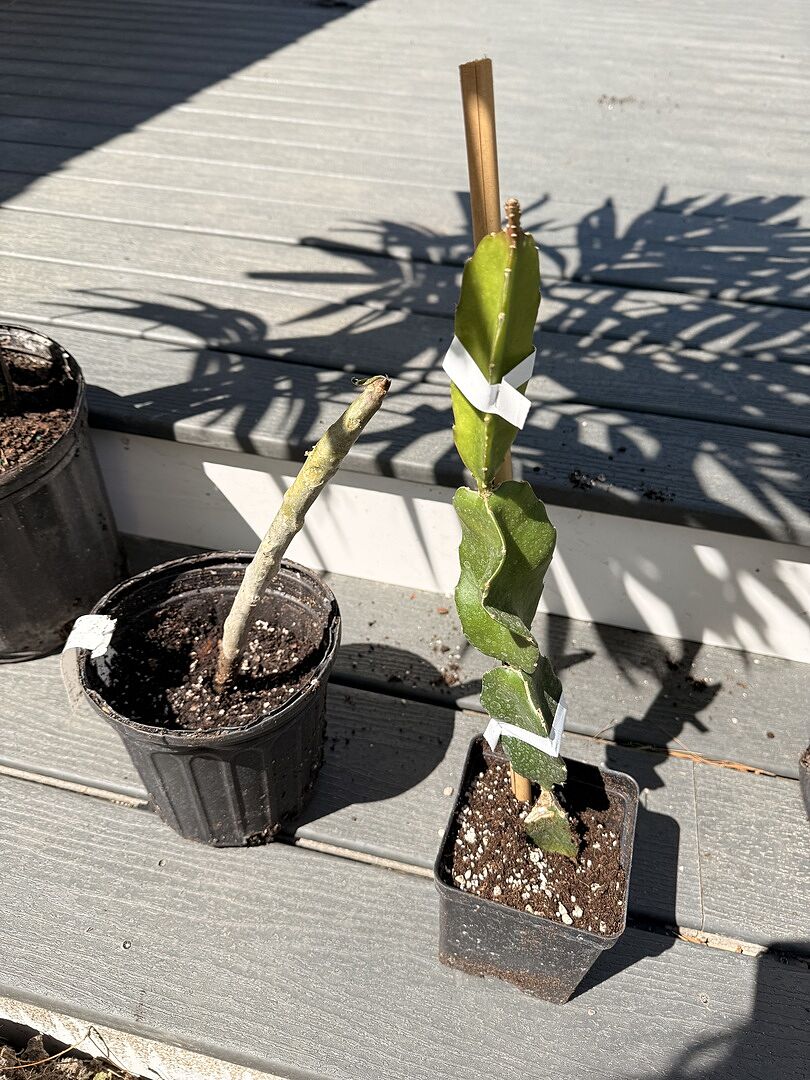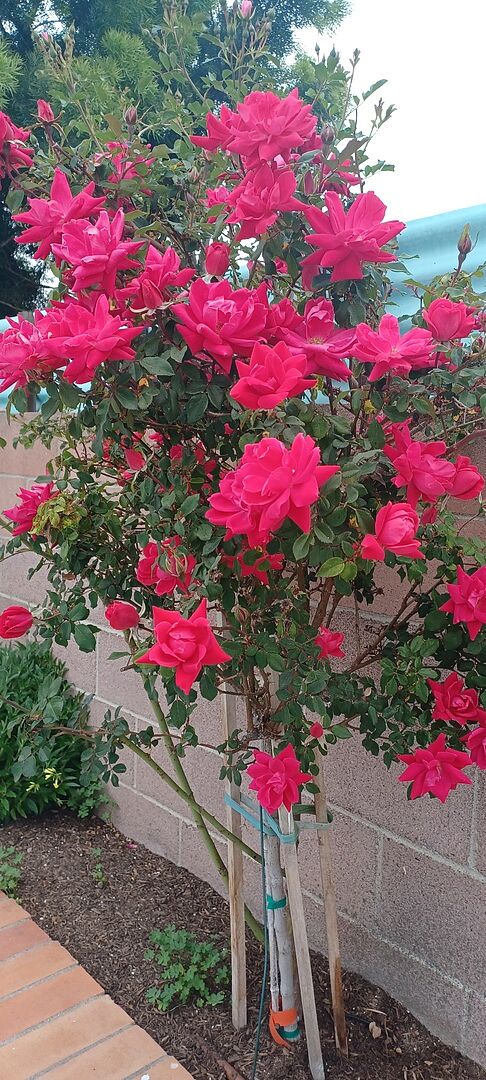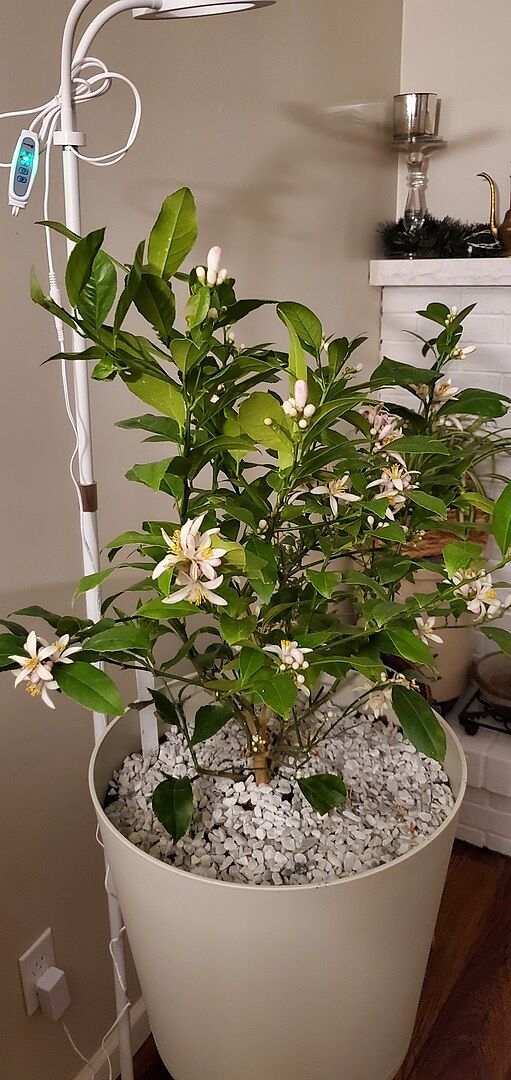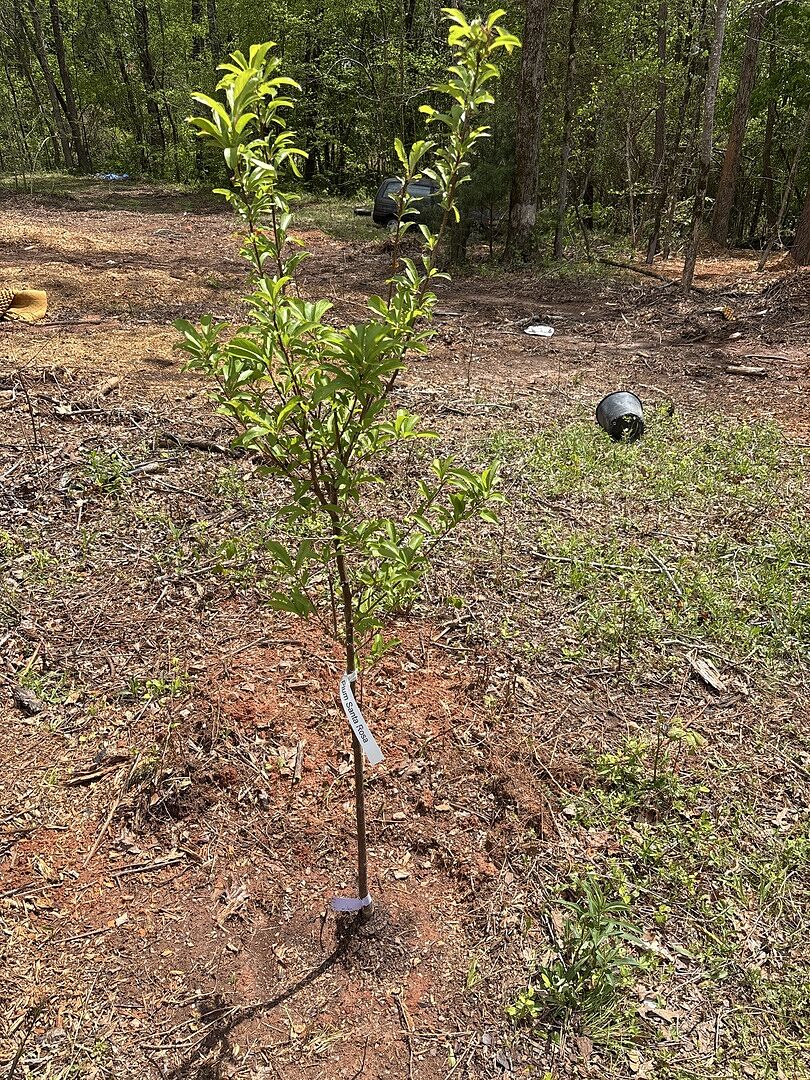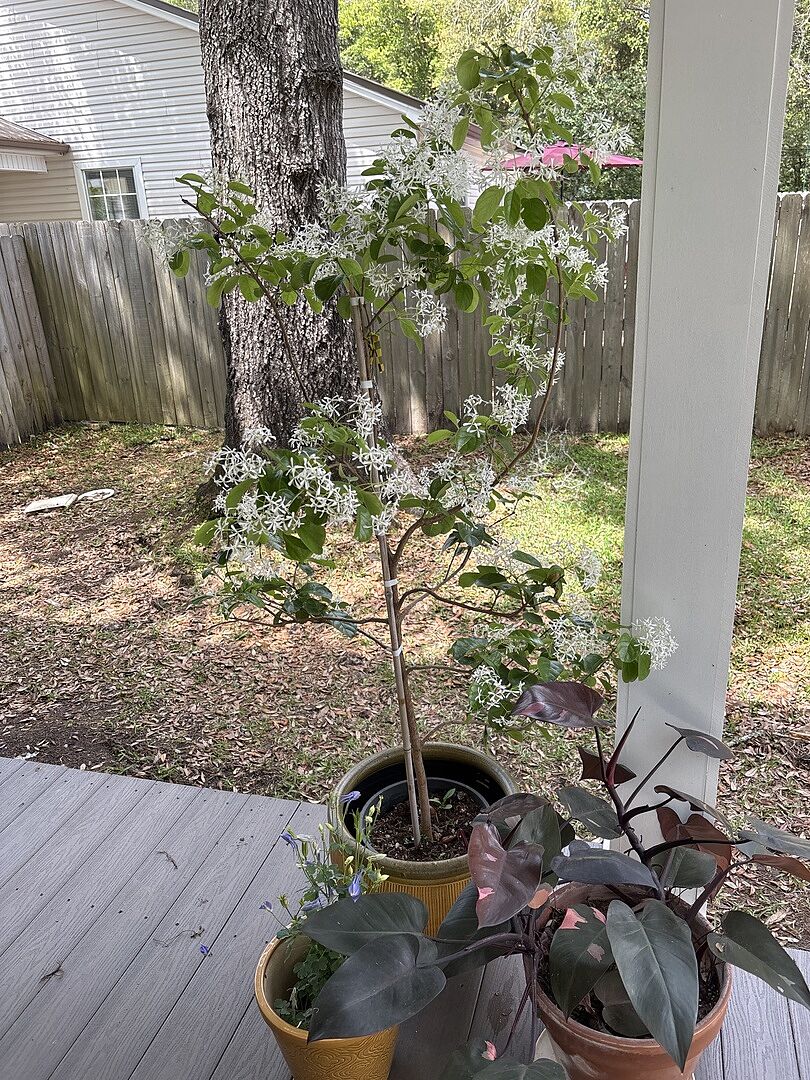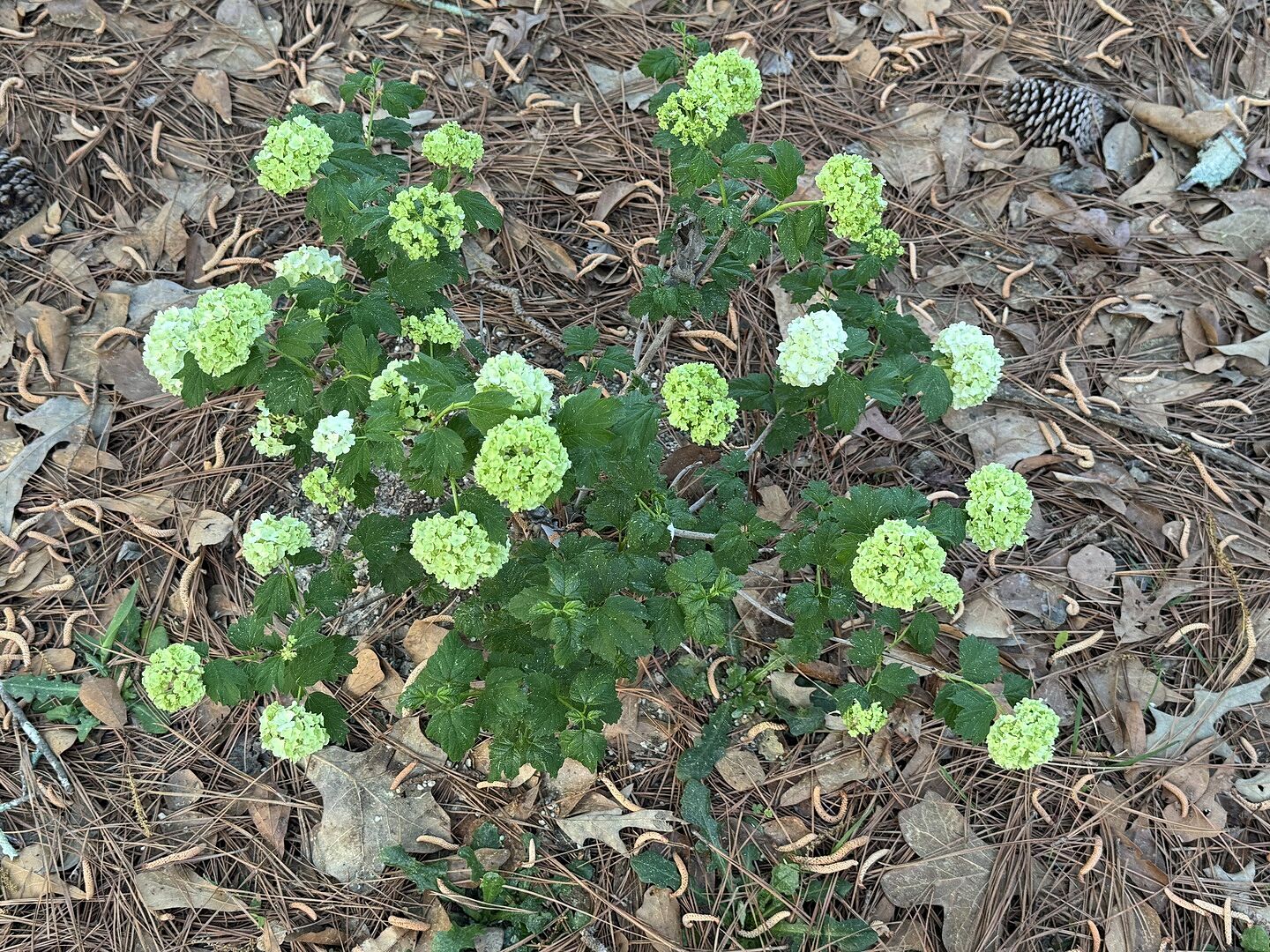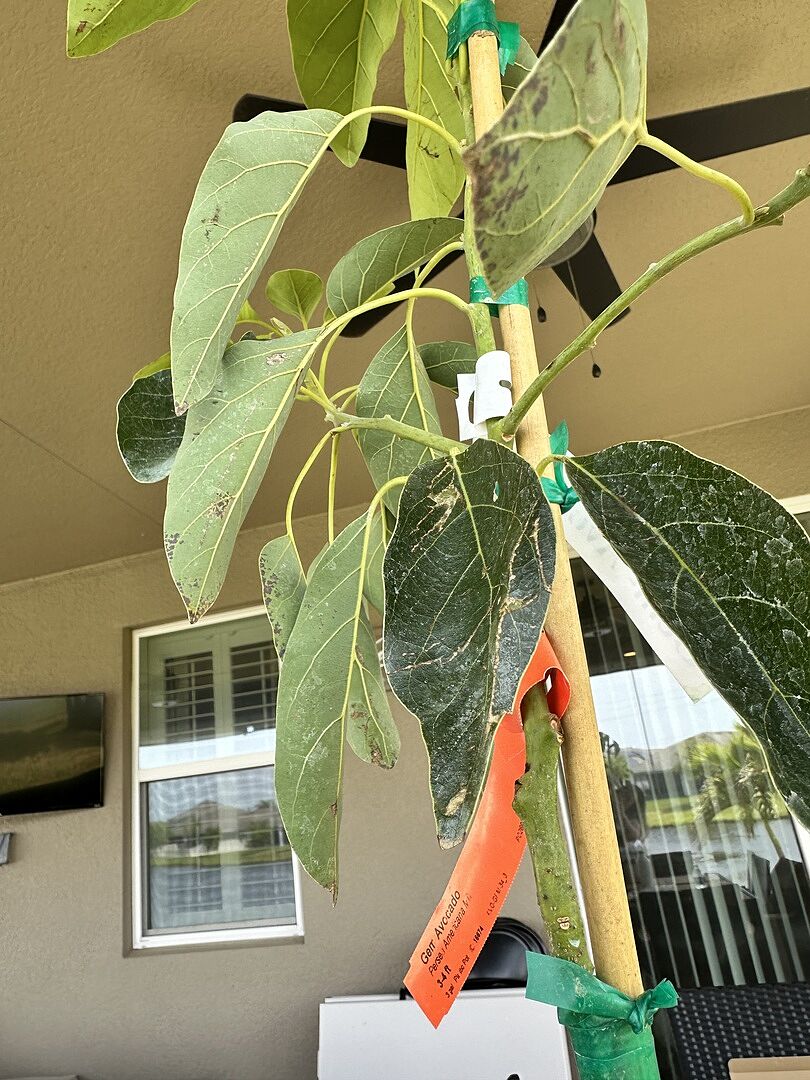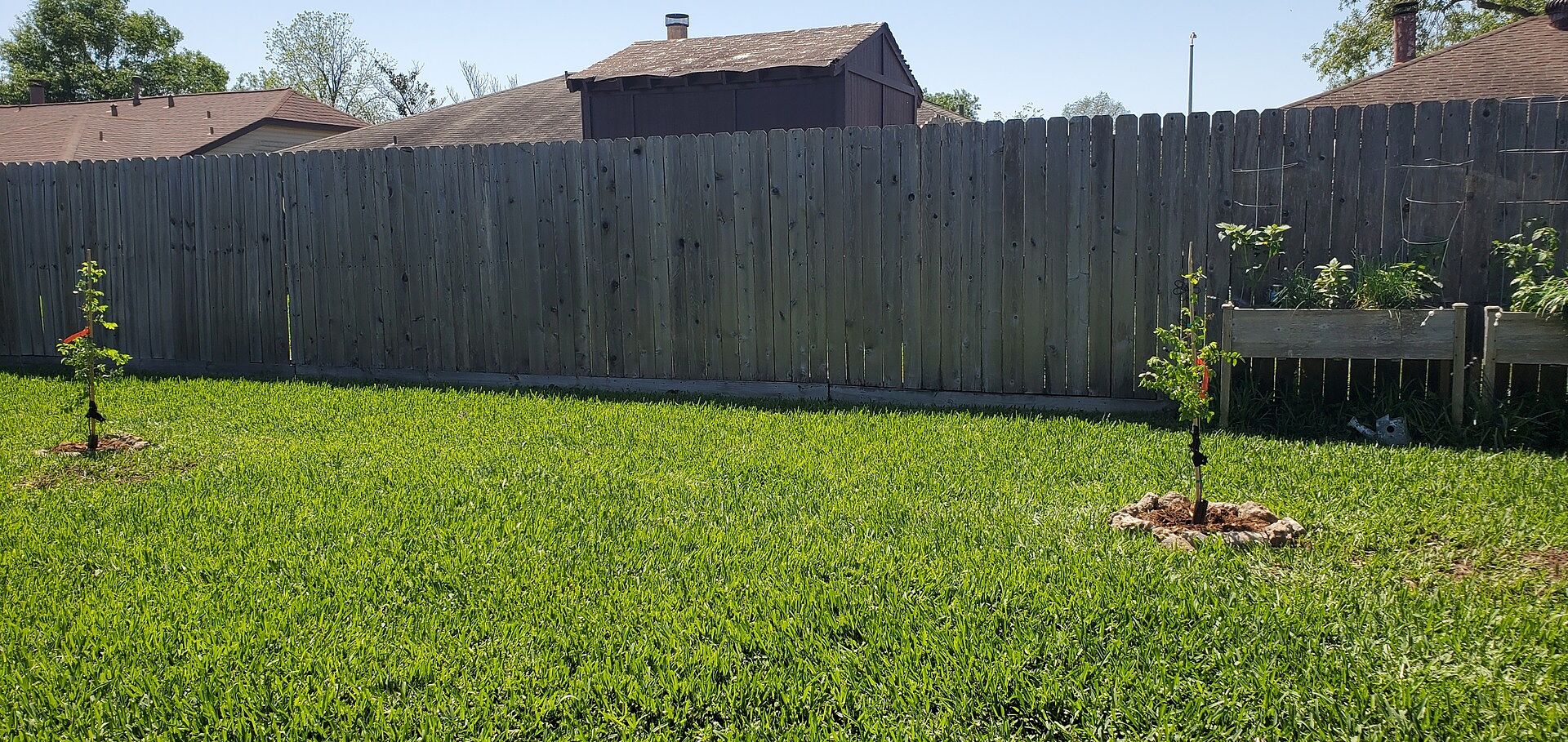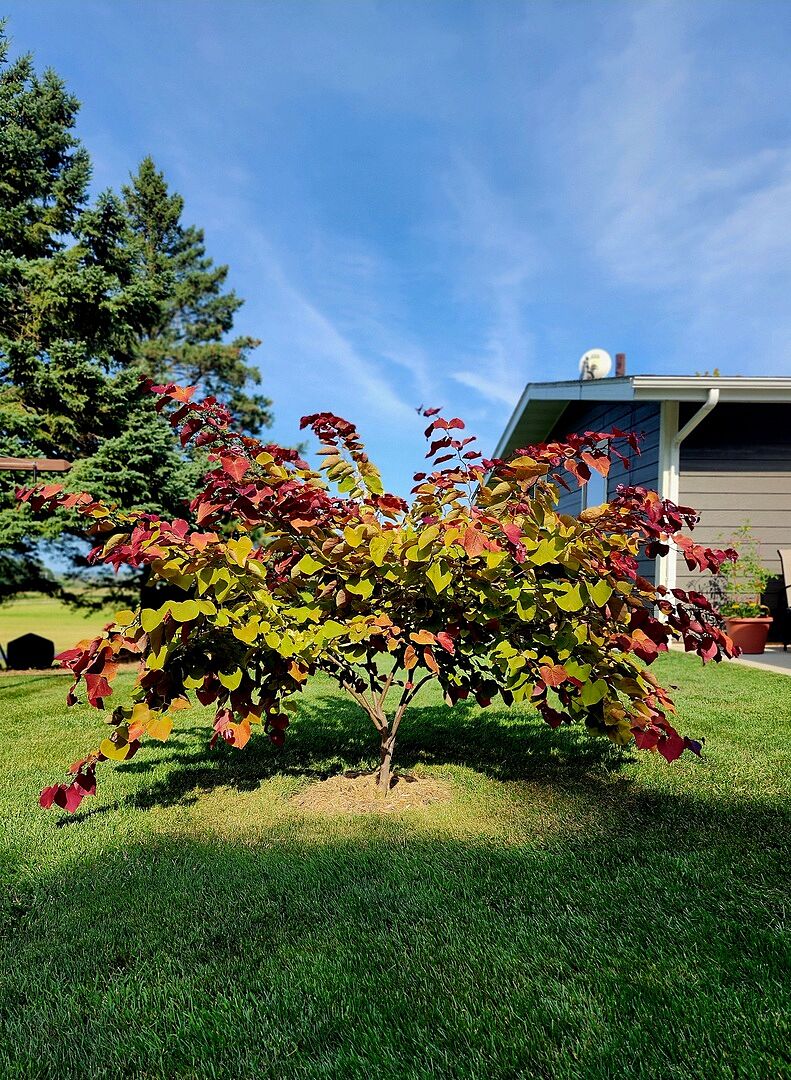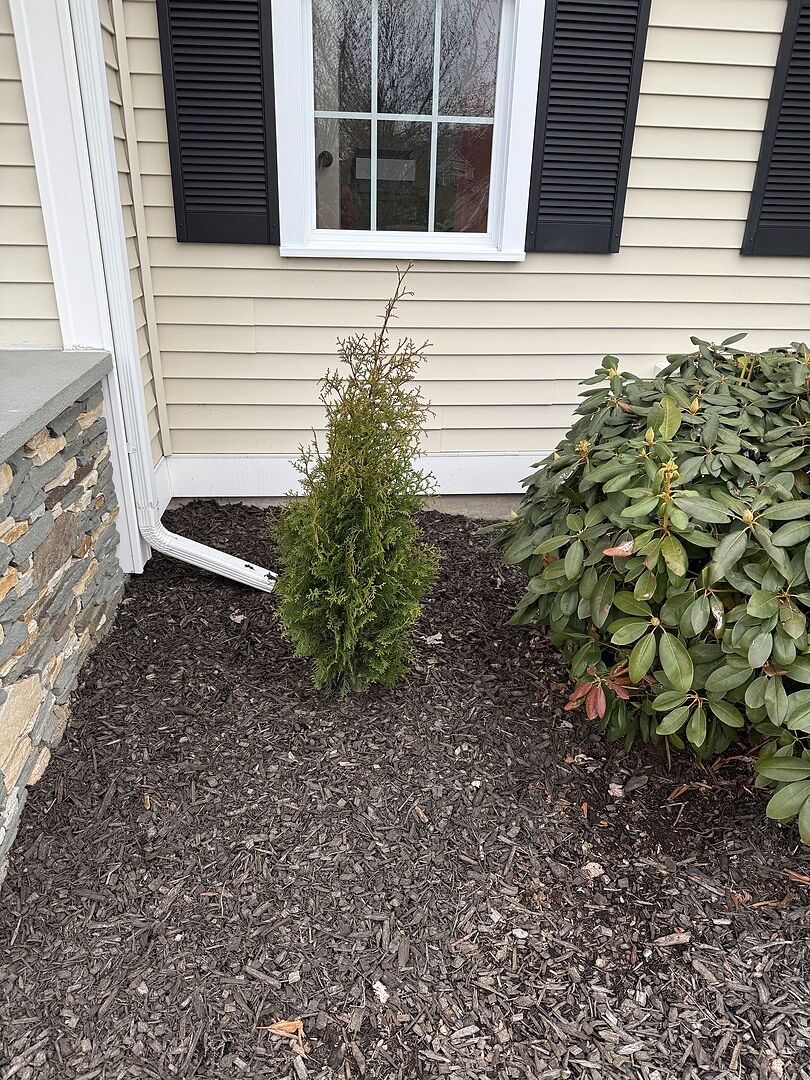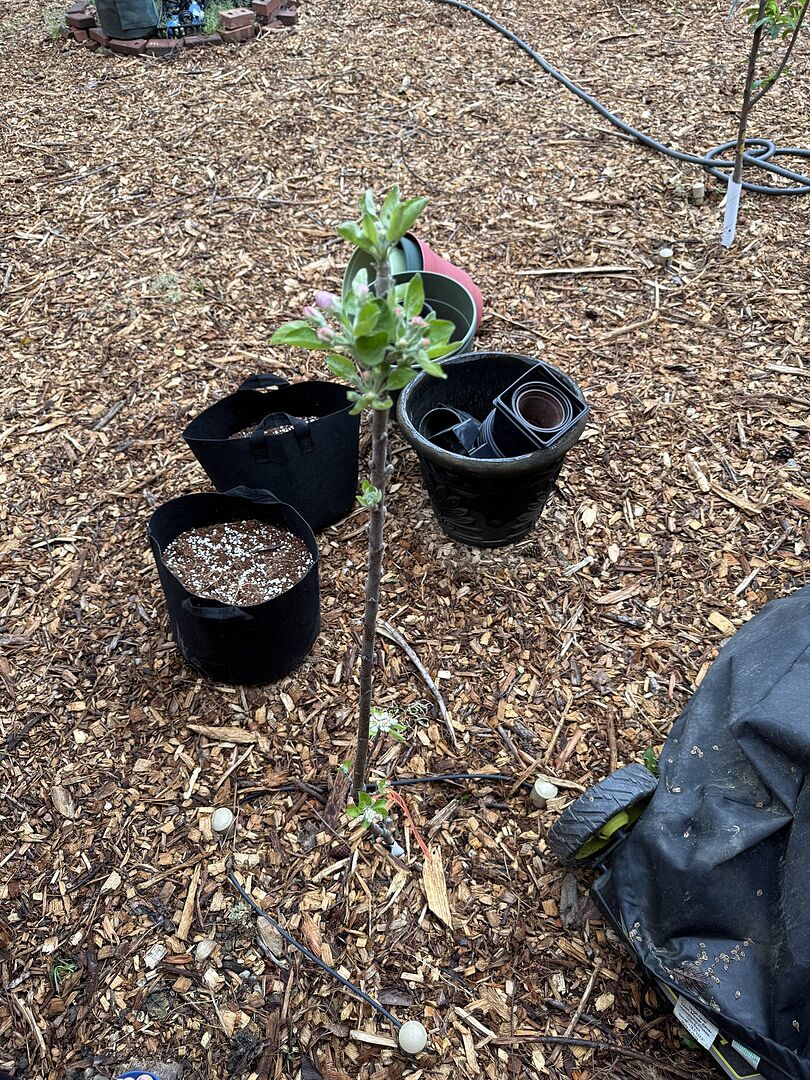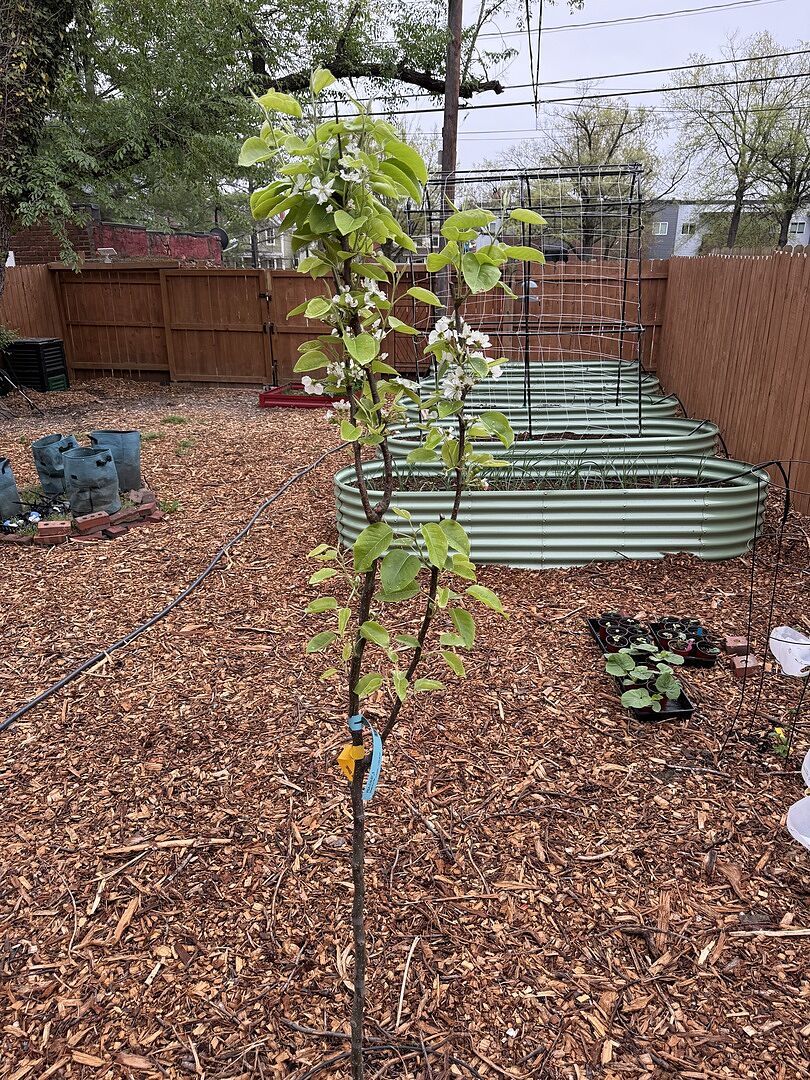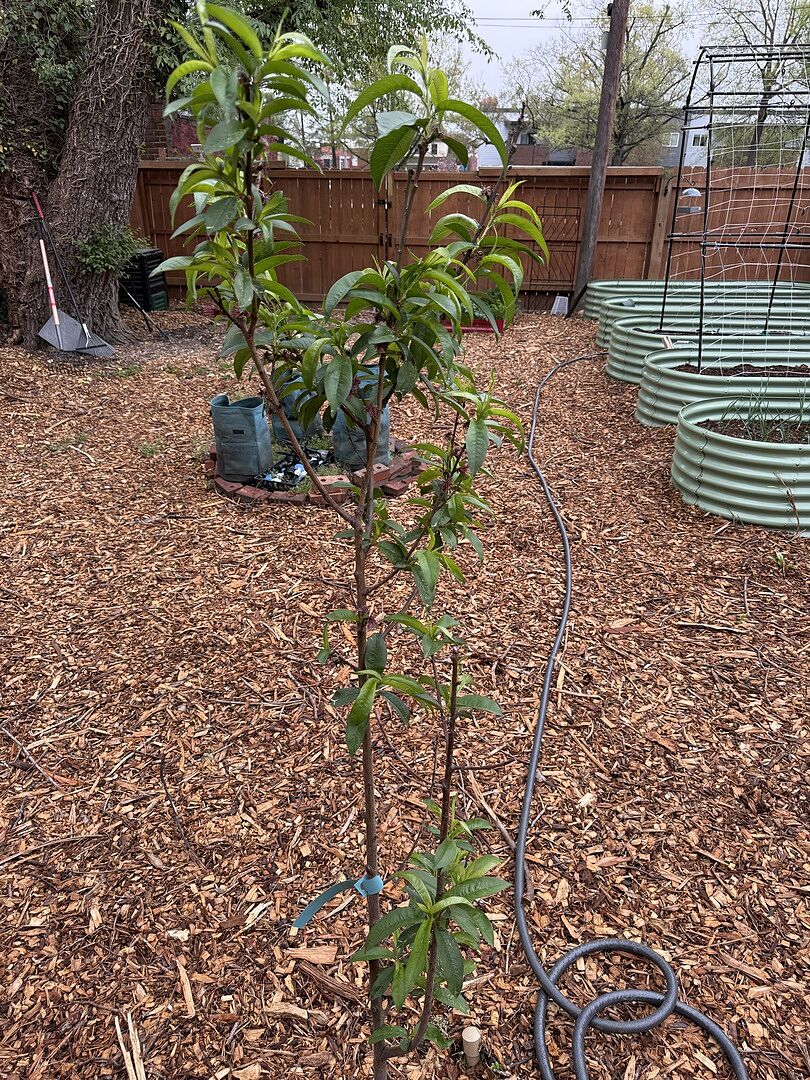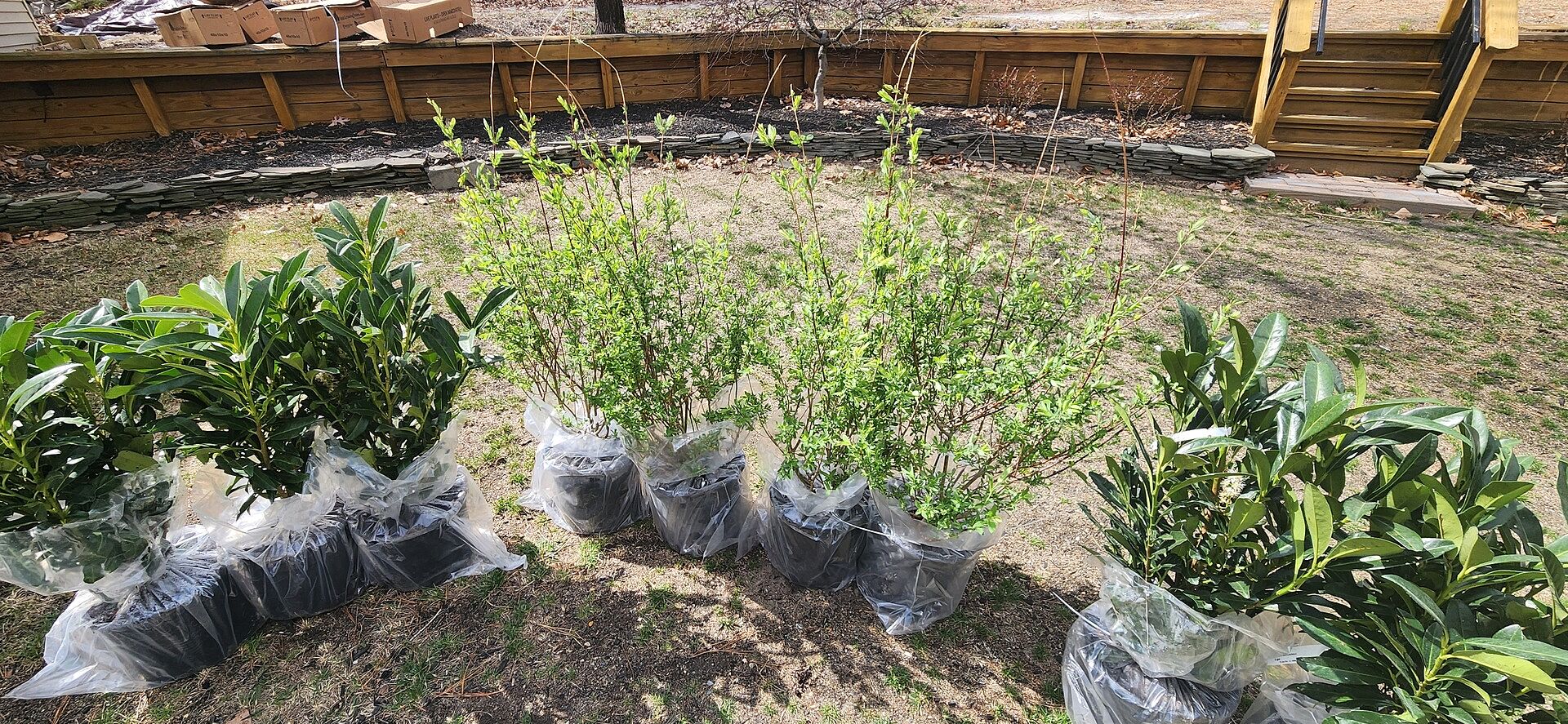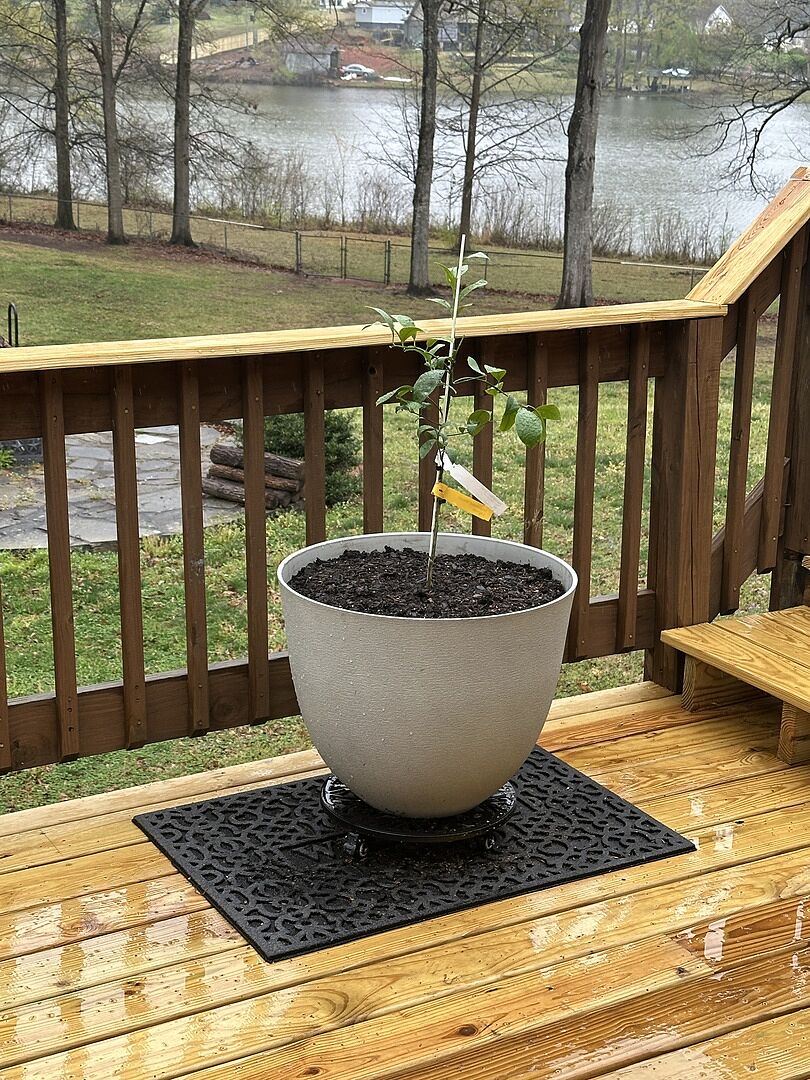Companion Planting: Let Nature Work for You!

Last updated: Aug 17 2022

You don’t have to limit your landscape to rows of the same plant (unless you’re a farmer—then by all means, go right ahead). Part of the fun of building your landscape is combining different textures and plant varieties to create a look that’s eye-catching, multi-dimensional, and uniquely you.
JUMP AHEAD: Click here to skip to the plant pairings recommended by experts!
However, we know this is easier said than done. Mixing and matching plants is not always simple, especially since each kind will have specific care requirements. In this article, we’re breaking down this process, so you can landscape without fear. Keep reading to learn:
- Why companion planting is good for your yard’s health
- How to start the mix and match process
- Which plants work well together (and which don’t)
Benefits of Companion Planting
Companion planting isn’t just about preference. Mixing it up has additional benefits of which you may not be aware.

Decrease the spread of pathogens and pests
Pests and pathogens tend to attack within the same family of plants. For example, all roses will have similar pests and pathogens. But these nuisances may not be the same ones that prefer boxwoods. Alternating the plants you have in your yard will make it difficult for pests and pathogens to thrive and spread.
If you have a row of rose bushes and one is infected, then it’s likely that the rest in the row will become infected, too. There’s little stopping or slowing down the spread. However, if you were to plant grasses or junipers (not in the rose family) interspersed between the roses, you could drastically reduce or slow the spread. Instead of all the roses getting sick, only one or two will—meaning if an issue arises, you can more easily handle it!

Use chemical warfare to your advantage
“Chemical warfare” may sound scary, but in the plant world it can be a good thing! Plants can communicate with each other through chemical signals in the soil and air.
The most noticeable one is scent. The smell of fresh cut grass? That's a signal to other grasses around that they’re about to be cut (and that they should prepare themselves!). The pungent smell of onions and garlic? You guessed it: that keeps unwanted pests away (including vampires).
Over time, avid gardeners have learned which plants pair well with one another to provide a form of natural protection. Just as citronella can keep mosquitoes away from you, garlic can help keep aphids, ants, and snails away from your roses. You just want to make sure you’re pairing plants that are fighting for the same side!
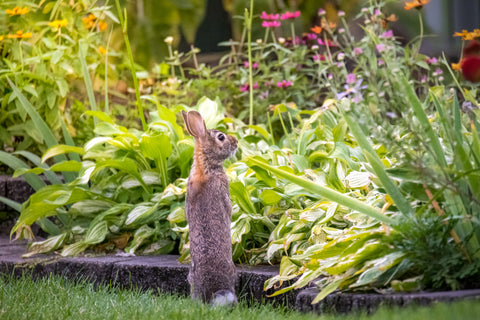
Increase biodiversity
Biodiversity is vital to a healthy ecosystem. The higher the biodiversity, or the diversity of life, is in a particular environment, the healthier it’s considered to be. When you add many types of plants in your area, you’ve increased biodiversity. Different plants mean different available habitats for animals and good bugs that keep the pests away.
For example, marigolds attract ladybugs. Ladybugs eat aphids. Just by planting this flower, you’re adding natural protection to other plants in your garden. Or, as another example, you can increase the yield from your fruit trees by planting certain plants (like bee balm or butterfly bushes) near them.
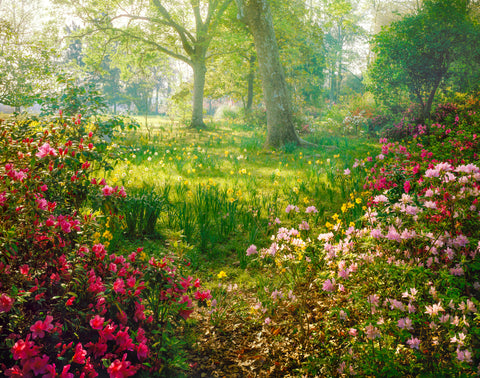
Improve the growth and health of your plants
If you plan your landscape out correctly, nature will give back to itself. For example, a plant something from the legume family will add ready-to-absorb nitrogen to the soil. Over time, this added nitrogen will be used by other plants as a natural fertilizer.
The Black Locust tree is also known for adding nitrogen to the soil. It pairs well with plants that need lots of nutrients (called “heavy nitrogen feeders”) like roses or grasses. When you make companion planting a priority, you’ll watch as nature supports nature in the best way!
How to Mix and Match Like a Pro
Space your plants out properly
Even plants that pair well still need their space. Take the mature width of your plant and divide that number in half to get the minimum spacing required from another plant.
Match them by their needs
Even the best plant pairs will suffer if they’re placed somewhere that won’t meet their needs. When choosing your plants, consider the growing conditions of the area. Is the soil nutrient rich or like clay? Does it get full sun or shade? Will it get a lot of water and/or do you have time to water frequently?
If you’re having trouble prioritizing, sort by water and sun needs first. For example, if you know your yard gets full sun but has dry soil, choose drought-tolerant plants that thrive in 6+ hours of sunlight. You shouldn’t get a shade-loving plant, no matter how well it pairs with your roses.
Help them get established
Plants never develop as quickly as we may want them to. In fact, they may take a couple years to establish and begin helping those around them. When you companion plant, know that you’re working at long term success. Don’t get discouraged if you still have to baby your plants during the first year.
Incompatible Plant Pairs (a.k.a. Plant Enemies)
Not all plants play nice with one another. A well known plant that prefers no neighbors is the beautiful Black Walnut Tree. The Black Walnut likes its space so much that it releases a toxin called juglone into the soil to ward off other plants.
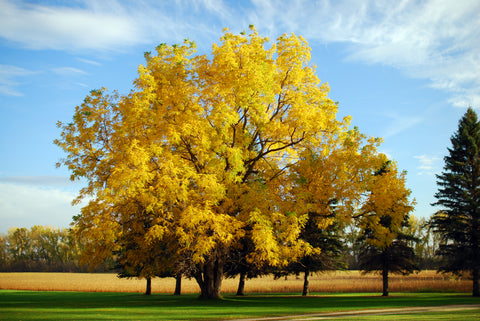
Of course not all plants are as melodramatic as the Black Walnut. Keep in mind that while some plants are not happy together, most plants will grow just fine. But when planning your garden, take a quick look below and note the most well known plant enemies.
Plants that prefer to be solo
- Sunflowers grow tall and will cast shade onto plants that try to grow around them. If you want this bright flower, go for another low-growing bloom in your garden, like the Chrysanthemum, or commit to only sunflowers that year.
- Potatoes don’t like to battle for resources. Plant them in containers or make sure you don’t plant anything else too close to your crop.
- Black Walnut Trees, as mentioned before, do not like other plants in their space. While there are some exceptions, most plants will suffer (or die!) if planted too close to this drama queen.
Plant enemies
- Onions with garlic: They might be great companions in a recipe, but in the garden they will stunt each other's growth. Plant them far apart or in different containers.
- Leyland Cypress with spirea/boxwood: The height difference makes this a bad pairing. The Leyland will shade out and make the spirea or boxwood leggy. Instead, pair the Leyland with a shade lover or just give it some space.
- Shade trees with turfgrass: Sitting on a grassy area under a tree sounds ideal, but even shade-tolerant grasses can suffocate shade trees like oaks and maples. To prevent this, don’t allow grass to grow within two feet of the trunk, especially on younger and establishing trees.
Plants to Pair Together (a.k.a. Plant BFFs)
Now that you know which plants don't play nice, here are the plants that love to be around others. Below are some of our favorite plant pairs.
Plant 1 |
Plant 2 |
Why They Work |
|
Onions |
The onions mask the smell of the fresh strawberries, essentially hiding your snack from wildlife. |
|
|
Garlic |
Garlic's strong scent will keep many typical pests away from your roses. |
|
|
Rue or tansy |
Rue and tansy can deter Japanese beetles from destroying your crop. |
|
|
Nepeta, catnip |
Hydrangeas, leafy green vegetables |
This scent of nepeta and catnip can drive away flea beetles. |
|
Smaller plants provide a source of pollen and food that will draw in more pollinators. This helps increase your fruit yield! |
||
|
Lilacs, azaleas, and rhododendrons love acidic soil as much as the blueberry. They'll all bloom at similar times to help increase pollination of the blueberry bush. |
||
|
Elms can increase your grape harvest, and they improve the overall health of your grape vine. |
||
|
Tansy |
Tansy can help improve the flavor and amount of fruit from your orange tree. |
|
|
Kiwi, passion fruit |
The scent of the geraniums helps protect the soft kiwi fruit. |
Don’t Forget to Enjoy the Process
Now you can confidently go forth and harness the power of plant pairing. And don’t be afraid to play around with textures, colors, and seasonal interest. Whichever plants you choose, just make sure nature’s working for you (and not the other way around)!
For more help with landscape planning, check out our in-depth guide that walks you through from start to finish.

Written by
Meredith Gaines
Meredith's love for plants started at a young age, and only grew when she started working in the Desert Exhibit at the South Carolina Botanical Gardens and the Historic Filoli Estate in the Bay Area. After graduating from Clemson University (GO TIGERS!) with a degree in Biology and Horticulture, she found her niche in the FastGrowingTrees.com family as a horticulturist and has grown in her current role as Senior Plant Expert.
She currently resides in her hometown of Charlotte, North Carolina, and enjoys spending any time she can outdoors. She learns new things about plants every day and loves sharing her plant knowledge and tips with those around her. Her favorite plant is constantly changing, but her long-time favorites are peonies, oak trees, and ferns.
Featured Product

Tri-Color Dappled Willow
378 reviewsStarting at $24.95

























